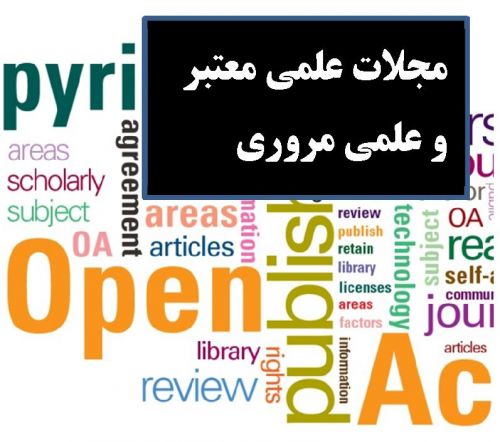Detection of Proteomic Biomarker in Fibroblast Cell Derived Nuclear Transfer Fertilization Compared to Natural Fertilization
نویسندگان : Amini Abdolla Nasr-Esfahani Mohammad Hossin Norozian Mohsen Mastery Farahani, Reza Fadaei Fatemeh Heidari Mohammad Hassan AbbassPiryaei Larijani Leila Rezaei Tavirani Rajabi Bazle Massome Azargashb Eznollah Bandehpor Moggan Bahrami Zohreh
Background: One of the major problems in the treatment of infertility and in vitro fertilization (IVF), as well as for conducting tissue engineering in the case of using cell donor is reproductive failure or transplant rejection by the recipient's immune system. Nuclear transfer technology may be a more accurate means for preventing from rejection of transplanted cells. The aim of this study is to investigate the possible changes in the protein profile of somatic cells obtained from nuclear transfer fertilization method compared with the same for normal fertilization via studying the protein profiles of both cells and detection of the protein expression (major histocompatibility complex (MHC)) and by means of proteomics; so that accessing new therapeutic strategies for cell therapy and tissue engineering may be facilitated. Methodology: This experimental study was conducted using simulated goat fibroblast cells (experimental group) compared with goat fibroblast cells obtained from natural fertilization (control group). After culturing the cells, the level of protein in cell suspension and MHC biomarker expression in both groups were studied and compared using ELISA and western blotting methods. Results: The data from ELISA technique and the gels obtained from one-dimension electrophoresis showed decrease in the amount of protein in the experimental group (E) compared with the control group (C group). However, such decrease was statistically insignificant (P ≤ 0.05). It also showed that MHC protein, which has been considered as a biochemical marker recently, was expressed in both groups, and the cells from both control and experimental groups were identical in terms of structure and function of the immune system. Conclusion: Probably, the same immune response from fibroblast cells obtained from nuclear transfer technique and fibroblast cells derived from natural fertilization indicates that fertilization method has no impact on the production of studied fibroblast cells. Thus, it is conjectured that this can be a good prognosis for researchers in order for using nuclear transfer method to conduct research and tissue engineering.
کلید واژگان :Nuclear transfer, Fibroblasts, MHC, Proteomics, Stem cells.
ارزش ریالی : 300000 ریال
با پرداخت الکترونیک
